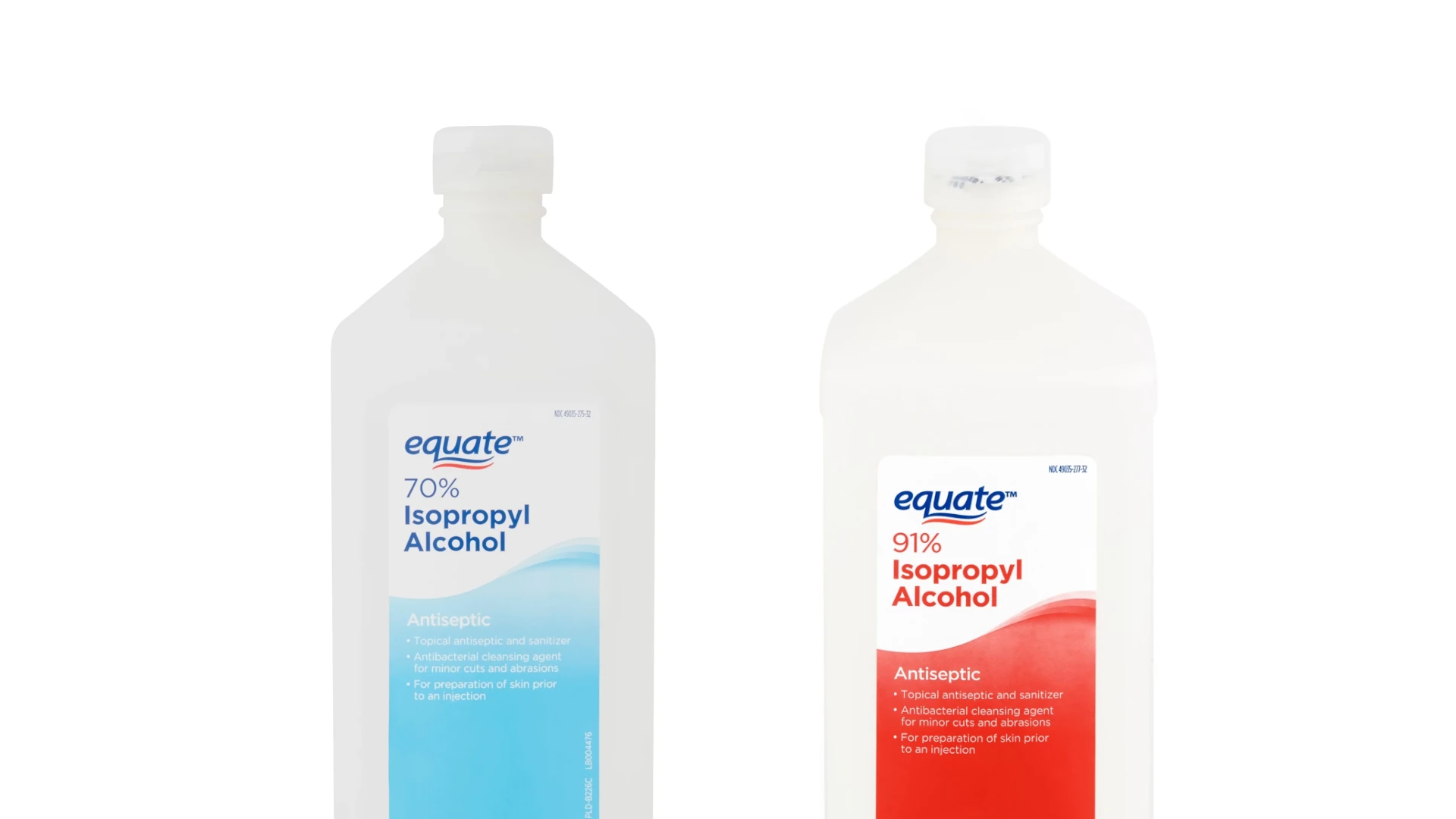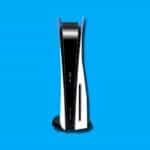Isopropyl alcohol is a versatile substance that is widely used for disinfecting surfaces and cleaning wounds due to its quick evaporation. The speed at which it evaporates is an important factor in its effective use in both medical settings, electronics repair & cleaning, and households. Several factors, such as temperature, humidity, and airflow, affect the rate at which isopropyl alcohol transitions from a liquid to a gas. Although under optimal conditions the evaporation of isopropyl alcohol can occur in a matter of seconds, the actual time it takes can vary widely. Factors such as room temperature, concentration of the alcohol, and the size of the exposed surface area can all influence the evaporation process. Therefore, understanding these factors is crucial for predicting how long it would take for isopropyl alcohol to evaporate completely.
High concentration (>90%) Isopropyl can typically evaporate in under 1 minute, which makes it ideal for using on things like cell phone repair (to dissolve glue for example) or generally for all types of electronics cleaning. The fact that it evaporates so quickly makes it ideal because there won’t be any moisture or wetness lingering around. Lower concentrations do evaporate quickly, but you’re looking at several additional minutes vs high concentration formulas. We always recommend >90% concentration if you’re working with electronics.
Understanding Isopropyl Alcohol Evaporation: Factors and Timelines
Isopropyl alcohol is a common household item for cleaning, disinfecting, and various other purposes. But how quickly does it vanish? The evaporation rate of isopropyl alcohol depends on several factors.
What Impacts Isopropyl Alcohol Evaporation?
- Concentration: Higher concentrations (like 91% or 99%) evaporate faster than lower ones (like 70%) due to the higher percentage of pure alcohol.
- Surface Area: A thin layer of isopropyl alcohol spread out will evaporate much faster than a concentrated puddle.
- Temperature: Warmer environments significantly increase the evaporation rate.
- Airflow: Good ventilation and airflow speed up the process.
Approximate Evaporation Timelines
Here’s a corrected table outlining general evaporation times for isopropyl alcohol at average room temperature:
| Concentration | Amount | Average Evaporation Time |
|---|---|---|
| 91% or 99% | Small Drops | Seconds to a few minutes |
| 91% or 99% | Thin layer | Less than 1 Minute |
| 70% | Small Drops | Several minutes |
| 70% | Thin layer | 10-20 minutes |
Important Notes
- Evaporation can be slower in enclosed spaces with limited airflow.
- Always wait a little longer after the estimated time to guarantee complete evaporation, especially when using it around heat sources.
Key Takeaways
- Isopropyl alcohol is known for evaporating fairly quickly under most conditions.
- Various factors like temperature, air flow, and humidity impact the evaporation rate.
- The evaporation process can range from seconds to hours, dependent on circumstances.
Factors Affecting Evaporation Rate of Isopropyl Alcohol
The speed at which isopropyl alcohol evaporates depends on several key conditions, including temperature, surface area, humidity, and air flow. Changes in these factors can increase or decrease the evaporation rate significantly.
Impact of Temperature and Surface Area
The temperature affects how quickly isopropyl alcohol turns to vapors. A warmer setting speeds up evaporation by giving molecules more kinetic energy. Warmer conditions mean the alcohol will disappear faster.
Surface area also plays a crucial role. When isopropyl alcohol spreads over a larger area, it exposes more alcohol to the air, which makes it evaporate faster. A wide, open container will see the liquid phase reduce quicker than a narrow bottle with a small opening.
Role of Humidity and Air Flow
Humidity levels impact the evaporation rate. In dry conditions, isopropyl alcohol evaporates more quickly. When the air is already holding a lot of moisture, it takes longer for the alcohol vapors to disperse into the air.
Also, air flow, or airflow, can change the rate at which isopropyl alcohol evaporates. Good ventilation or strong air circulation carries vapors away from the liquid. This helps fresh, dry air come in contact with the alcohol, speeding up evaporation. In a well-ventilated area, isopropyl alcohol dries up faster than in a closed or poorly ventilated space.







